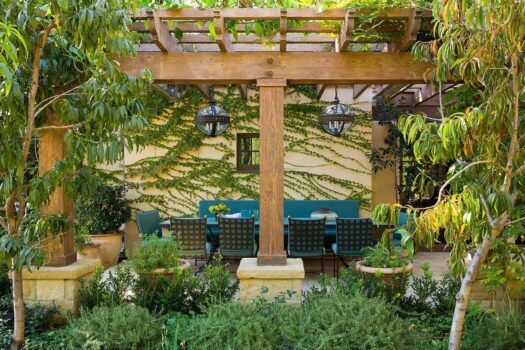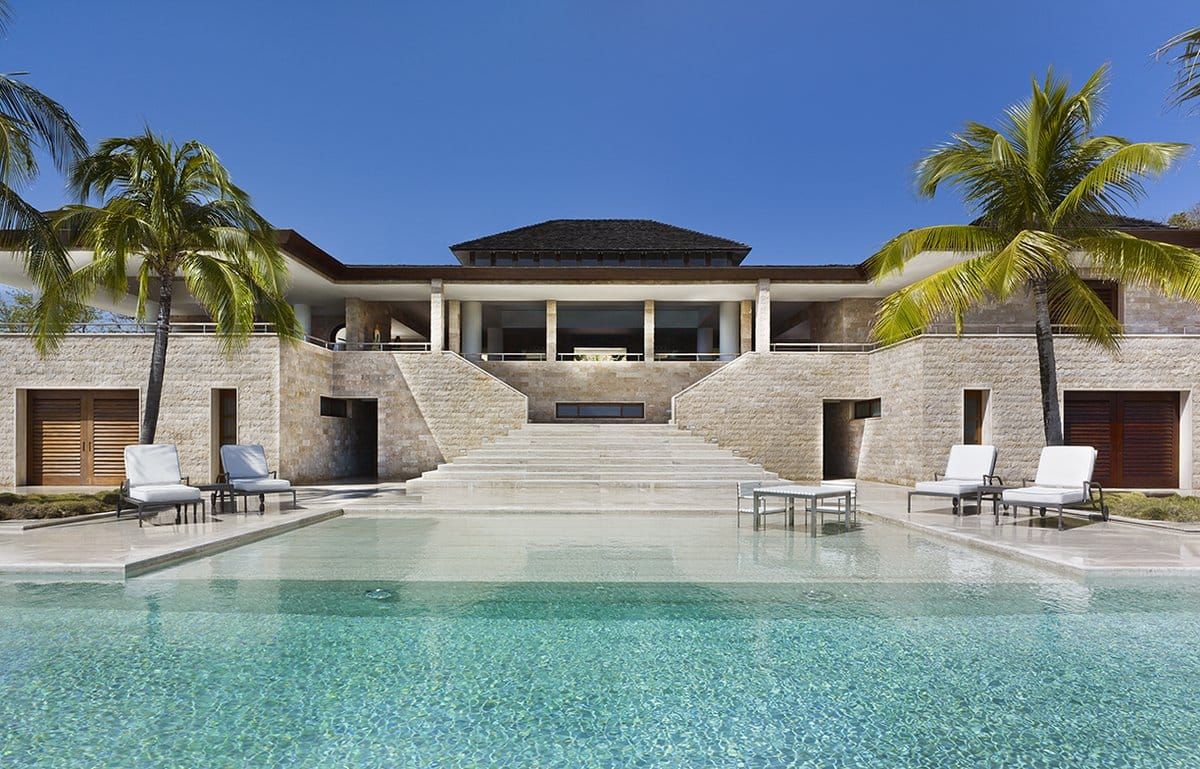
Saint Vincent and the Grenadines home by David Kleinberg Design Associates. Photo by Peter Murdock
The exclusivity and serenity of having a private slice of paradise, surrounded by water and sunshine, are the obvious appeals to island living. But constructing a home isolated within its natural environment has plenty of unique obstacles. Everything from choosing materials and figuring out how to get them to the island, to local building codes and sustainability are crucial considerations. Here, seven veteran designers weigh in on the trials and the rewards of building island dream homes.
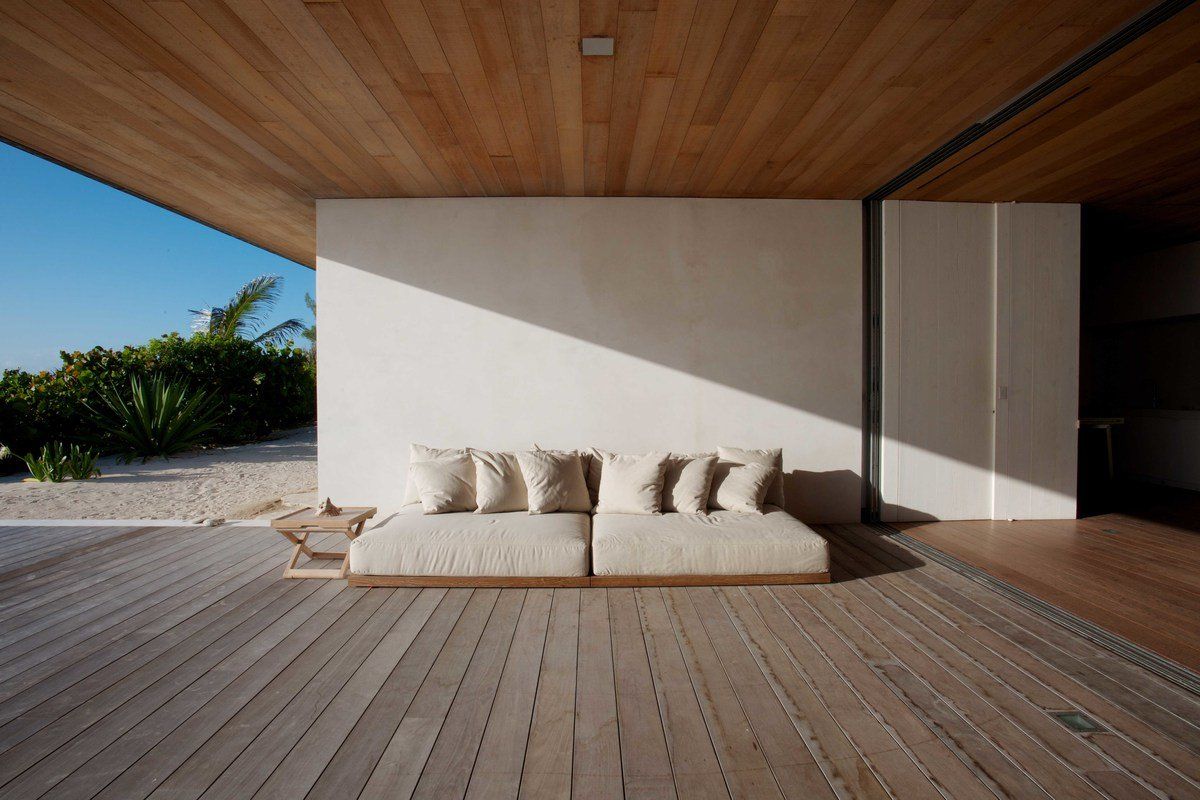
Harbour Island, Bahamas, residence by Oppenheim Architecture + Design. Photo by Karen Fuchs
A Harbour Island, Bahamas, home by Chad Oppenheim is the epitome of casual island elegance. Describing the process of building this low-key-yet-luxurious retreat, the designer says, “From the neutral color palette to the materials used to the decor, all design choices were made to establish a sincere, spiritual, contextually sensitive dialogue with the indigenous island surroundings and to acknowledge the architectural heritage of the island,” Oppenheim says. “Furthermore, the use of environmentally-conscious materials was of paramount importance in minimizing the home’s overall impact on the native ecosystem.”
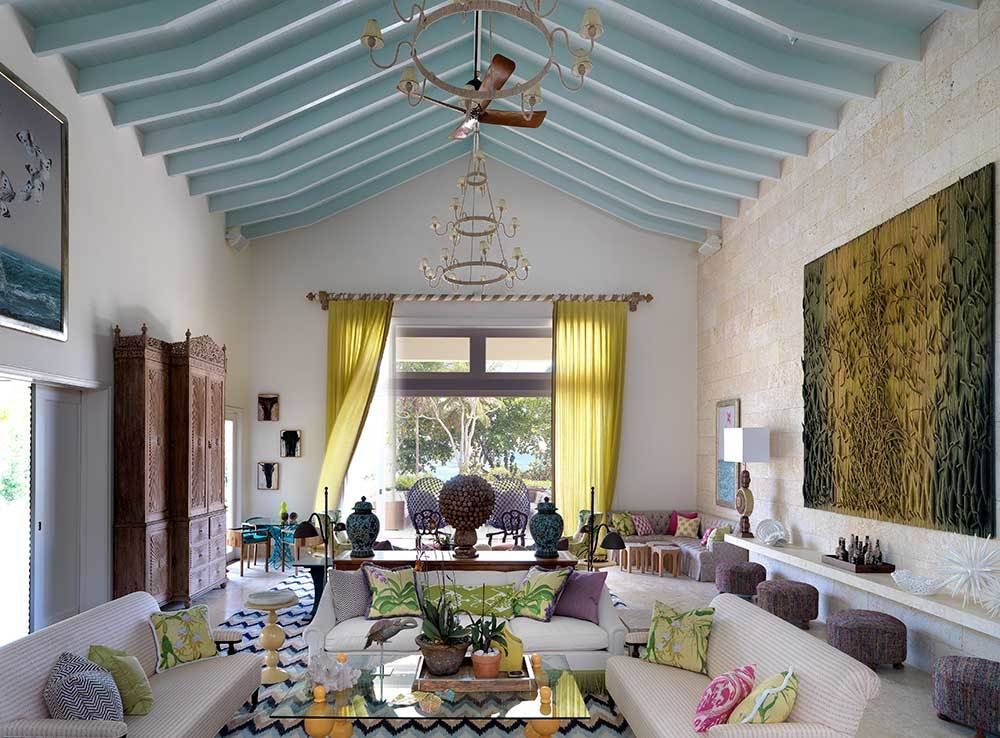
Dominican Republic home by Kemble Interiors, Inc. Photo by Patrick Cline
For Celerie Kemble of Kemble Interiors, the idea of durability is not just an aesthetic preference for furnishings that appear rugged. As she puts it, “You can’t repair or replace things as easily on an island, so you really want durability for durability’s sake.” She adds, “Sunlight plays a huge aspect in design, as it can easily wash out fabrics and their colors only after two or three years.” Her recommendations, which she’s put to work to enhance the exotic vibe of a Dominican Republic residence, include using solution–dyed acrylic fabric. “I also use natural fibers that are already inherently weathered, such as bamboo and sisal,” she says.
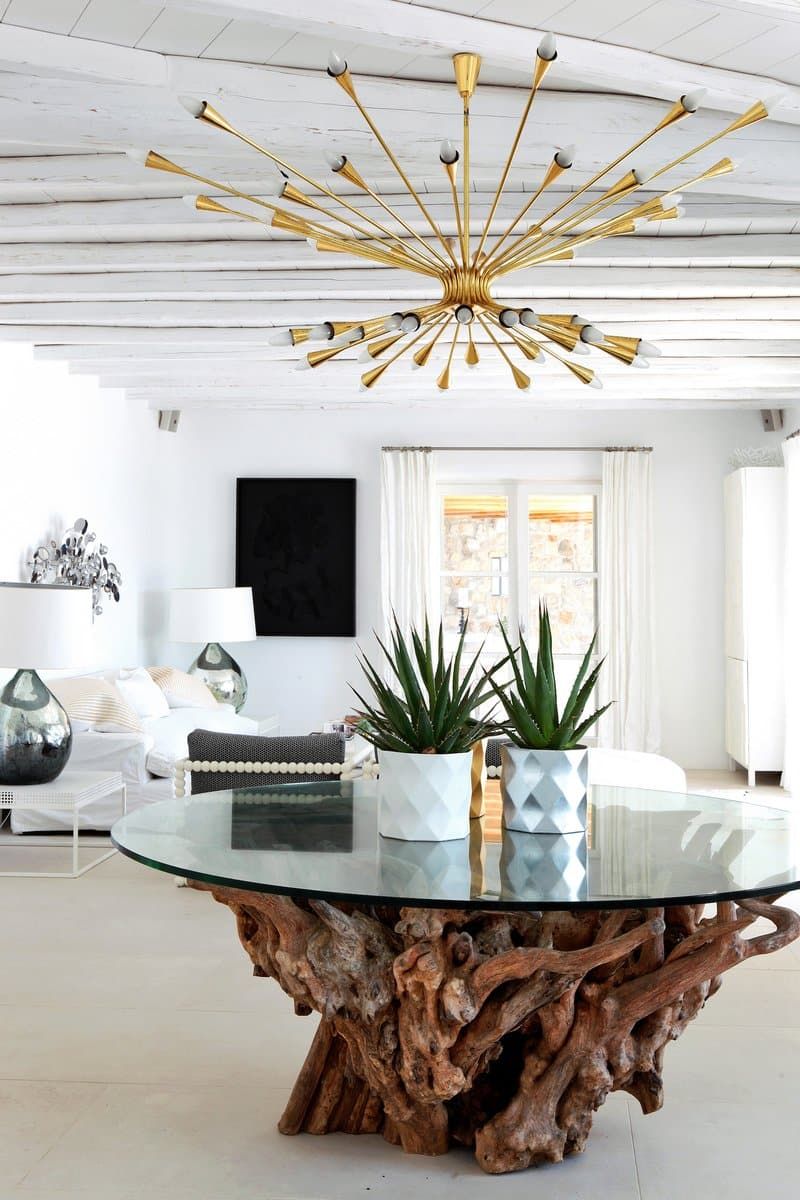
Mykonos retreat by Hubert Zandberg Interiors. Photo by Costas Picadas
When designing a home in an exotic destination, knowledge of the local environment is key, which London-based Hubert Zandberg learned when working on a home in Mykonos, Greece. “We were able to tap into the Greek owner’s expert and practical local knowledge and the couple’s intimate knowledge of the island,” he says. “We aimed for a contemporary, updated take on the local vernacular. Timber beams, painted bamboo ceilings, white plaster, organic concrete shapes, dry stone walling, Greek marble and limestone were local materials that we used for a clean, casual contemporary look.”
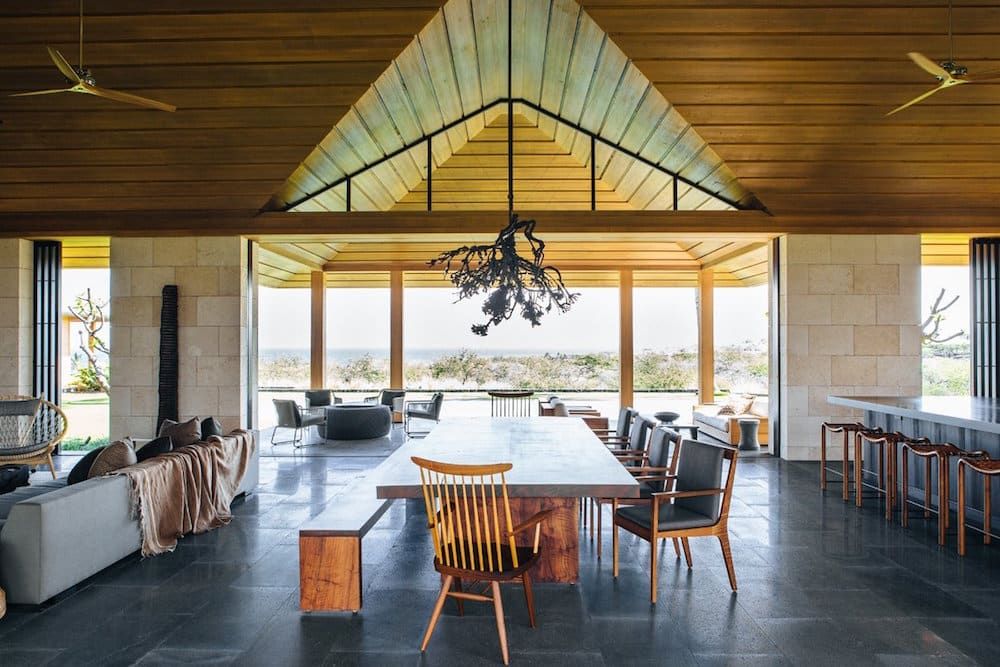
Kona Coast retreat by Nicole Hollis. Photo by Laure Joliet
For a modern home set on a lava field in coastal Kona, Hawaii, Nicole Hollis says, “Like all our projects this project is of a place. The earth here is very raw and volcanic, and that inspired the rich, neutral palette, which included lava basalt tiles and textured coral block walls.” And the designer took the connection to the home’s natural setting one step further by collaborating artist Michele Oka Doner on custom lighting that employs the shape of branches from the property’s indigenous Kiawe tree.
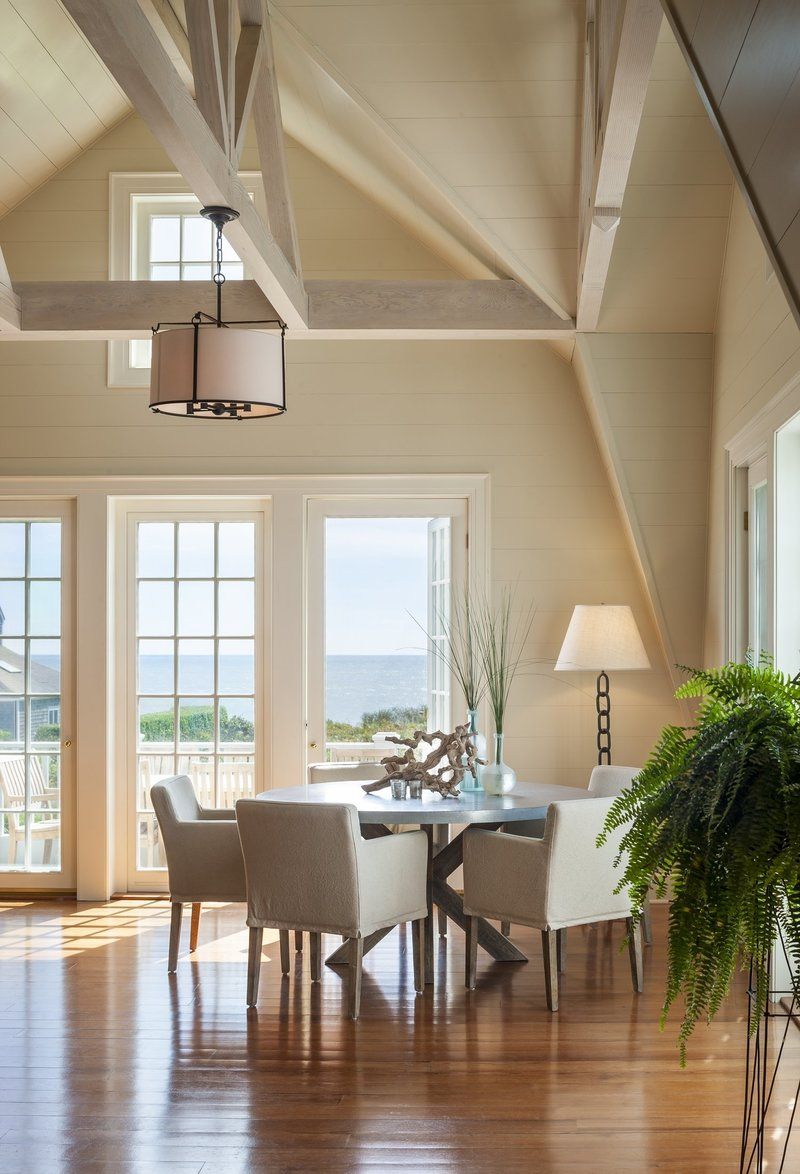
Nantucket oceanfront residence by Brian J. McCarthy. Photo by Nancy Hill & Warren Jagger
Brian McCarthy’s major consideration for the design of a Nantucket vacation home was the level of maintenance. “Life for our client on Nantucket is only for approximately six to eight weeks a year, and so they wanted it to be as low–maintenance as possible,” he says. “Also, because of the ocean air, furniture and furnishings can take a real beating, so we chose materials that were less precious than we would for year-round living.”
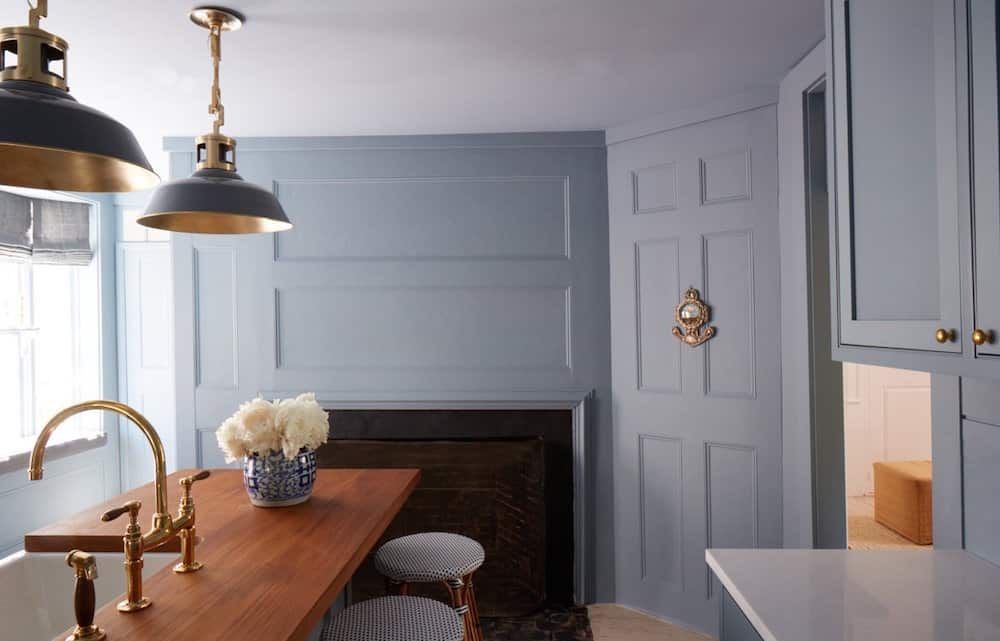
Nantucket beach house by ASH NYC. Photo by Christian Harder
When on a historic island known for its distinct (and protected) architectural vernacular, you might be limited in your design choices. According to the team at ASH NYC, “Nantucket has strict codes and a selection of 12 historical colors you can choose from for the front door, where everyone also has the signature onion sconces. Our projects are always very site–specific, and we’re careful to take the local vernacular into account, so we embraced these local traditions. We certainly incorporated a ton of woods, linens, brass and some of other nautical elements that would be campy elsewhere but natural in Nantucket.”
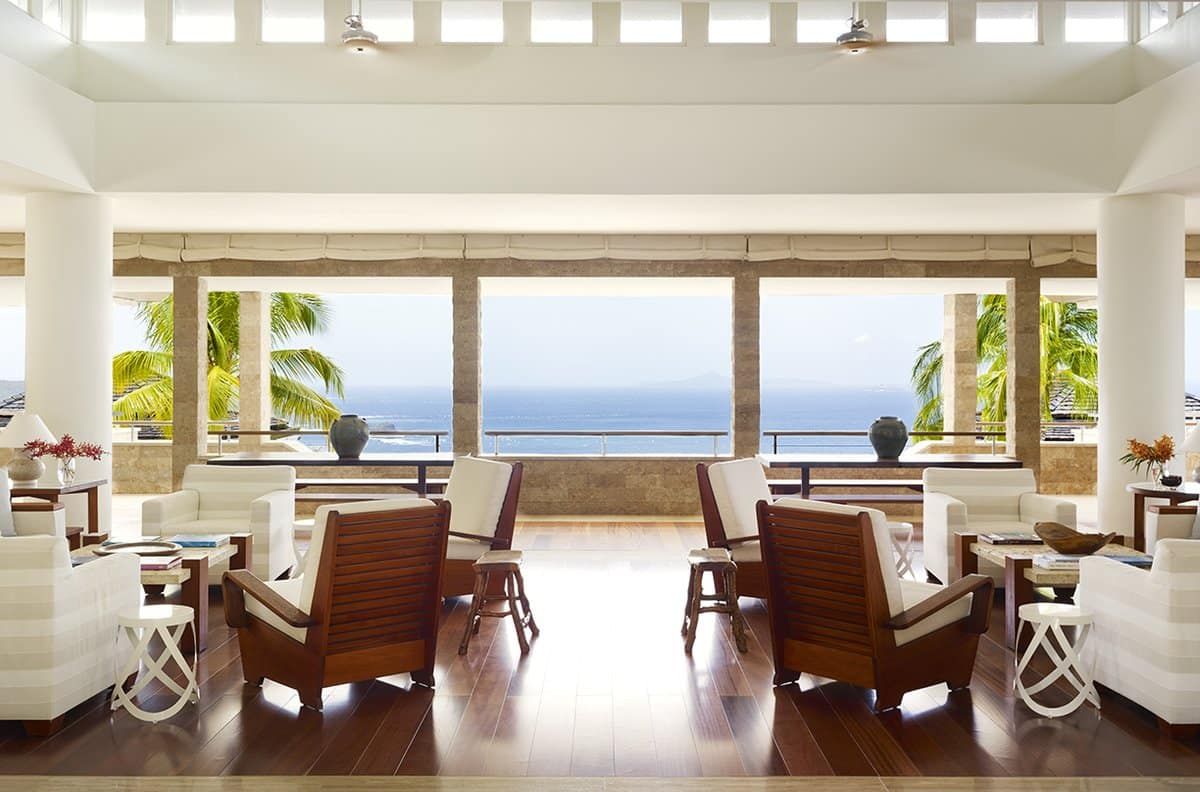
Saint Vincent and the Grenadines home by David Kleinberg Design Associates. Photo by Peter Murdock
“The tropical climate and open-air rooms limited our palette of materials,” says David Kleinberg about an airy space in Saint Vincent and the Grenadines, whose clerestory windows let in light and provide ventilation. “The interiors needed to be suitable for the rigors and traditions of tropical life,” he notes. “Teak, which is well suited for outdoor use, was the obvious choice, but we didn’t want our pieces to conjure pool furniture. We needed high style and interesting finishes that could withstand the elements. The scale had to hold up to large rooms. Everything was covered in indoor-outdoor fabric to accommodate wet bathing suits.”
